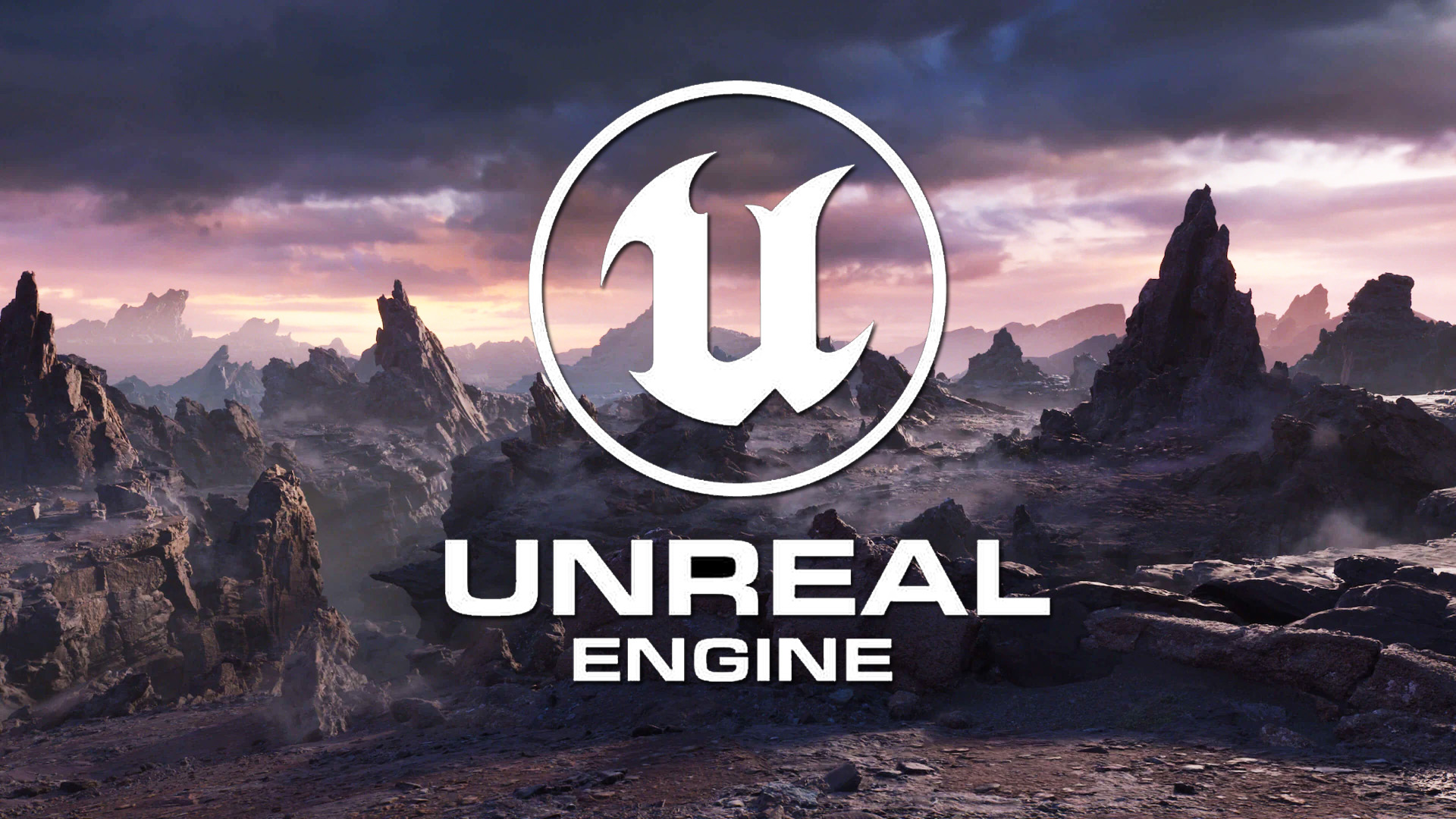The arrival of Unreal Engine 5.4 has sent ripples through the gaming community, particularly for developers seeking to push the boundaries of visual fidelity. While the engine boasts numerous improvements, a key area of focus is performance optimization. This translates to smoother gameplay experiences with potentially higher frame rates and more intricate graphical details. As a result, the evolution of ray tracing in Unreal Engine 5.4, compared to its predecessor, has garnered significant interest.
Dissecting the Differences: A Video Comparison
YouTuber JSFILMZ has emerged as a valuable resource for dissecting the nuances between Unreal Engine 5.3 and 5.4. Through a meticulously crafted video, JSFILMZ showcases the contrasting ray tracing capabilities of both versions. The video employs a controlled environment – the same scene with identical settings – to isolate the impact of the engine upgrades. Here, JSFILMZ utilizes a hardware-accelerated scenario to highlight the differences.

Screen Space Reflections vs. Ray-Traced Reflections: A Trade-Off
The video delves into the impact of Screen Space Reflections (SSR), a common rendering technique, within Unreal Engine 5.4. Compared to the previous version, JSFILMZ observes a noticeable decline in the quality of reflections, particularly evident in puddles within the scene. This observation suggests a potential shift in Unreal Engine 5.4’s approach to ray tracing.
The Performance vs. Fidelity Debate: A Calculated Decision
While the diminished quality of reflections might raise eyebrows, it’s crucial to consider the context. The observed trade-off likely stems from Epic Games’ prioritization of performance in Unreal Engine 5.4. This optimization could translate to the ability to achieve higher frame rates or render more complex scenes without sacrificing smoothness. This becomes particularly important for developers targeting a wider audience, where high-end hardware may not be universally accessible.
Beyond Reflections: A Holistic View of Ray Tracing
It’s important to remember that JSFILMZ’s video focuses on a specific aspect of ray tracing – reflections. Unreal Engine 5.4 boasts a wider range of ray tracing improvements. These may include:
Hardware Ray Tracing (HWRT) Optimizations: Enhancements to HWRT could lead to faster rendering times and potentially allow for more extensive use of ray tracing effects within a scene.
Improved Path Tracer: The path tracer, a physically accurate lighting simulation tool, may benefit from optimizations, leading to more realistic lighting and shadow rendering.
Additional Primitive Types: The inclusion of new primitive types within the engine could streamline the ray tracing process for specific objects, potentially improving efficiency.
The Verdict: A Calculated Evolution for a Broader Gaming Experience
Unreal Engine 5.4’s approach to ray tracing signifies a calculated evolution. While certain aspects, like screen space reflections, might exhibit reduced fidelity, the overall goal seems to be to enhance performance for a wider range of hardware capabilities. This could open the door for a broader audience to experience the visual splendor of ray-traced games, with smoother frame rates even in demanding environments.
FAQs
Q: Does Unreal Engine 5.4 offer worse ray tracing than 5.3?
A: Not necessarily. While JSFILMZ’s video highlights a potential decline in screen space reflections, it’s a single aspect. Unreal Engine 5.4 may offer optimizations in other ray tracing areas, potentially leading to a more balanced experience.
Q: Why might Unreal Engine 5.4 prioritize performance?
A: By optimizing performance, Unreal Engine 5.4 becomes accessible to a wider range of hardware, potentially allowing more gamers to experience ray-traced visuals.
Q: Should I upgrade to Unreal Engine 5.4 for my game development project?
A: The decision depends on your project’s specific needs. If prioritizing cutting-edge ray tracing fidelity is paramount, you might want to consider both versions. However, if performance is a key concern, Unreal Engine 5.4 could be a valuable choice.




